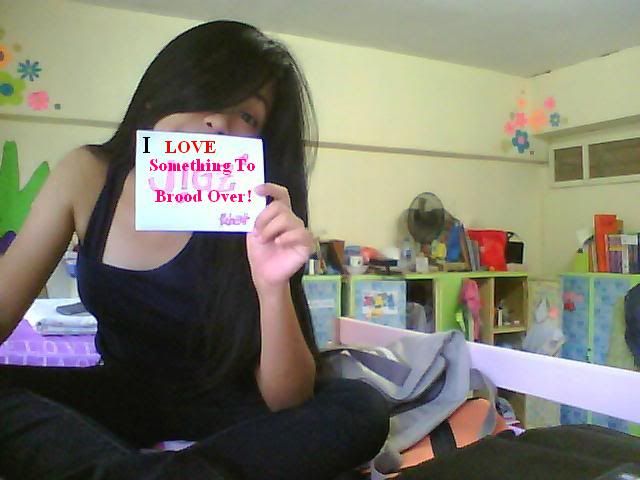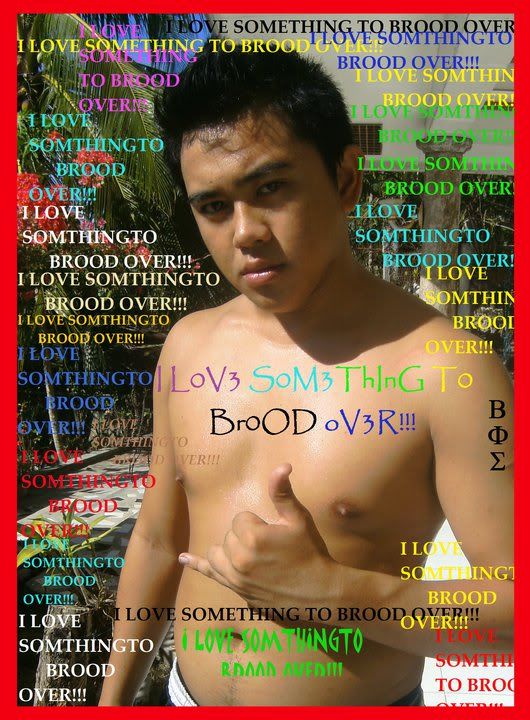Sensor is somehow very important nowadays. It is applied in cars, machines, aerospace, medicine, manufacturing or even in robotics. A sensor's sensitivity indicates how much the sensor's output changes when the measured quantity changes.
Way back when I am at school, our group just decided to work on with ultrasonic sensor a.k.a. POWER Saver. It relies on the principle of Doppler Effect, which is the change in the received frequency of a sound caused by any motion of an object within a specific energy field. It occurs when the ultrasonic energy is reflected off a moving object or a person.
In a certain closed area of a house or building left unattended, this could be watched by an electronic eye to be secured from unwelcome intruders. This electronic eye will detects any moving object within a protected range and energize whatever alarm connected to it. This featured sensor employs a transmitter that sends off a 40 kHz wave signals up to a span of 7ft x 15ft teardrop shape coverage pattern. It has a receiver. The received frequency is always compared to the transmitted frequency. If there's no alteration, such moving object or a person within the coverage area, then there's no frequency shift and no alarm. Otherwise there would be a frequency shift and the sensor will work when an object suddenly moves or a person within the coverage area. The receiver section has its circuits specially to make the detector sensitive and accurate. In other words, it would only respond to the movement of a person or comparable size objects. The sensor also works after a certain delay and works within a certain period and then automatically re-alarms itself for continuous monitoring on the area. If a person stays within the protected area, the sensor will automatically do its task.
The ultrasonic sensor is composed of two different circuits. Different in the sense of function, but mounted in only one Printed Circuit Board and case, and shares a common Power Supply. One circuit generates a 40 kHz square wave output that drives an ultrasonic transmitter (UTS). This circuit is basically an astable oscillator formed out of a 555 Timer IC. The second circuit is Detector/Alarm unit composed of several functional blocks namely an envelope amplifier, a filter, a Doppler frequency amplifier, a movement detector, a flip-flop, a Schmitt trigger and a relay circuit. As its name indicates, this second circuit detects and activates an alarm unit. To function, this second circuit utilizes an ultrasonic receiver. This transducer detects two different frequencies, the 40 kHz from the ultrasonic transmitter and the shifted frequency resulting from the presence of a moving object in the transmitter's path. (Note: To know more about this technically, credits from Electronics Enthusiasts book which contains different Electronics projects.)
-THE MAKING-
This was taken when we etched our Printed Circuit Board after we had our Ultrasonic Sensor circuit design on the tracing paper. We used etching solution and presensitized board to save time and effort. It just took 5-10 minutes etching our design then after that we made holes with the aid of a mini-drill and solder afterwards the electronic components.
We are now placing the finished circuit (already drilled, soldered and connected wires) in our desired case for testing. We drilled holes on the case as well the edge of the Printed Circuit Board and then screwed afterwards. We begun to wire the circuit from its Power Supply.
We troubleshooted the circuit, and have found some defective electronic components such as resistors, capacitors as well the integrated circuit (IC). Aside from that, we used the tester to test if there are cold-soldered holes which also a reason why our circuit haven't functioned well.
As a whole, this project of our group haven't met what we have expected. But of course, we passed the subject behind this project. Still we are happy about it, and indeed we ascertained something new to our field, have embellished our technical skills, and of course we've practiced what we called "unity" in our group.










































Nice Salcedo | On: May 14, 2010 at 3:47 AM
wow..very informative post! i learned a lot! :D
Jhiegzh | On: May 14, 2010 at 4:03 AM
Thanks Nice
Charm | On: May 14, 2010 at 4:49 AM
Parang pinagawa kami ng ganyan dati, pero not exactly like that... may mga circuits and resistors blahblahblah (hindi ko talaga alam yang mga ganyan kaya hindi ako tumulong sa pag-gawa).. :))
Jhiegzh | On: May 14, 2010 at 4:55 AM
Ah I see...Ako slightlang..LOLs! But I started to love it NA LANG! hahaha :)..Its enjoying though! I even cried once dahil sa project namin, cramming na kasi kami last time, and I fear mafail ako kahit isang subj dahil kung ganon "buhbye" scholarship! Pero thanks God, I survived!
Rose | On: May 14, 2010 at 5:00 AM
ang galing niyo naman..nakakagawa kayo ng ganyan sa project niyo kahit na parang complicated well congrats ha^^
Jhiegzh | On: May 14, 2010 at 5:07 AM
Ganyan tlga Rose course ko!..haha, pero enjoying yan! Super! But needs patience though and understanding!
Lea | On: May 14, 2010 at 5:37 AM
Haha... Naaliw naman ako kasi nage-gets ko.. ^_^ Anong flip-flop ginamit ninyo?
Kung minsan ayoko ko talaga ang chips.. Buti pa nung high school keri lang gumamit ng AT89S8252. Program tas burn nalang gamit ang ALL-11.
Biopolymath | On: May 14, 2010 at 6:45 AM
This is a very technical description of your project! How I miss physics in high school.
bryan inno | On: May 14, 2010 at 8:53 PM
wow! you guys are really great! this is really very informative. I miss my high school days when I was still very interested in physics. But I didn't take a physics course.. But still, physics interests me.
Jhiegzh | On: May 14, 2010 at 11:48 PM
Me either, I hate Physics once but as the subject goes on! I discover new things which interest me most! hehe..Thanks for dropping by Bryan!